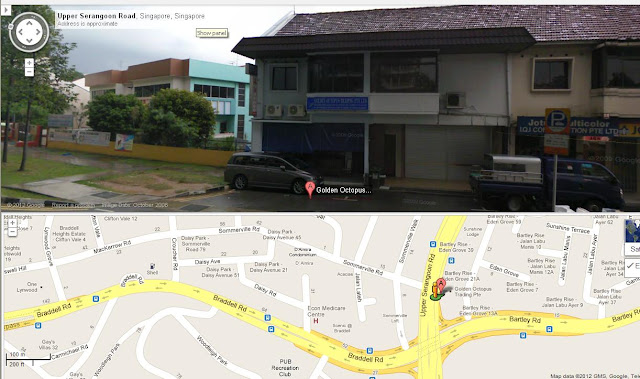I have used Resun Wave maker 2000 in my pico tank, it is very suitable for pico tank (1 ft cube tank).
Although it stated that the flow rate is 2000l/hr, it does not shown that power, I think the flow rate is around 1000l/hr to 1500l/hr. The manufacturer I believed overstated the flow rate.
It comes with the magnetic clamp and suction cups types. This one I used in my tank is suction cup, I suggest try to get a magnetic clamp type as it will last long in Marine tank. Suction cups should be ok for freshwater tank.
It is vey quiet and there is not much heat been generated from the wave maker.
The best about this waver maker is its size and its power comsumption of 3W. It is also value for money.
Overall, this wave maker desires a good recommendation from me for its features and cost.





